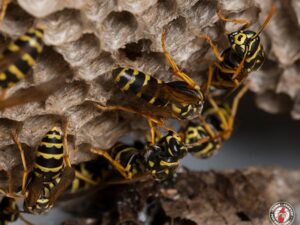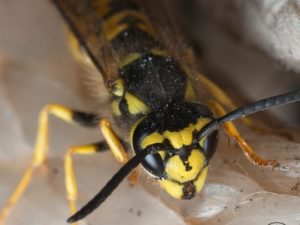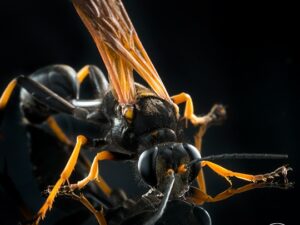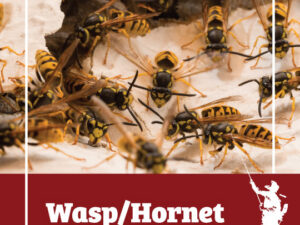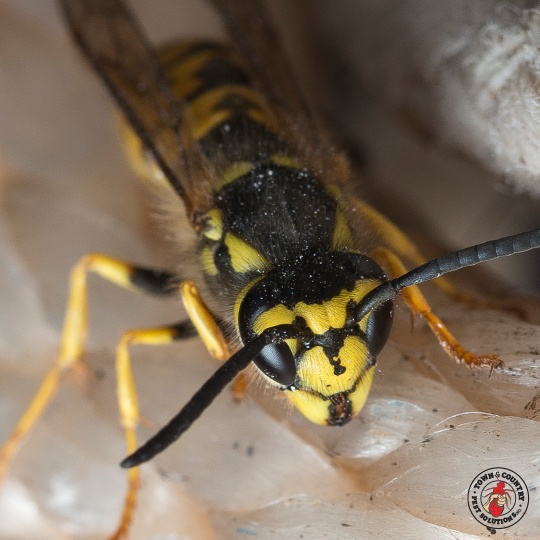
Yellow jackets are well known for being among the most aggressive of all wasps, as these insects often sting their victims repeatedly even over the most trivial of disturbances to their nest. Yellow jackets are far more aggressive than honey bees and they are widely considered to be the most dangerous insects within the United States, along with hornets, which is another group of wasps. However, the number of wasp species that are categorized as yellow jackets are relatively small in number in the US, but one reason as to why these insects are responsible for so many attacks on humans in the country has to do with a non-native species that entered the US accidentally in 1975. This species is commonly known as the German yellow jacket and they have a preference for nesting within people’s homes.
The German yellow jacket was first spotted in Ohio, and as its name suggests, this species is native to Europe. Worker yellow jackets are all sterile females that grow to be around an inch in length, and the queen can grow to be around an inch and a quarter in length, making these ferocious insects relatively large. These insects will not hesitate to bite humans, which makes them incredibly dangerous considering that they prefer to nest within any location, most often within attics and other locations within homes and buildings. Also, German yellow jackets are unique among wasps, and even other yellow jackets, as they often return to old nests come springtime. Therefore, if a German yellow jacket nest is located in some area within a home, there is a good chance that a queen, along with a new generation of workers, will return to the nest, making German yellow jacket encounters among humans more frequent than encounters with other wasp species. Because these wasps often return to old nests, nests can grow to become very large, as new generations of workers build additions onto these older nests. For example, in New Zealand, one particular German yellow jacket nest that had been excavated from the ground measured an astounding 14 feet in length and 5 feet in width.
Have you ever found an active wasp nest within the attic of a home?

